I’ve been away from New York for a while, and I miss it, a lot, but our planet is a big one, and there’s a lot to see out here, and I’ve been lucky enough to see a lot of it lately. Still, every time I return to the city for a visit one of the places I always make sure to get to is Babbo, that magical restaurant on Waverly Place that has never failed to make me happy, never.
Whether I dine at a table upstairs – the quieter room – or downstairs, which is louder and busier, or at the bar, my favorite place at Babbo, from the moment I enter the former coach house’s door I become part of what I consider one of the best restaurants in New York, if not the world. (I’ve eaten in a lot of great dining rooms in many parts of the world, and my experiences at Babbo have always been right up at the top of the list.)
But this is not about Babbo, not really. And it’s not about New York. (On the other hand, it’s about both of those places, in a roundabout way.) It’s about Hong Kong, and Lupa, another restaurant created by the Bastianich and Batali empire. (There is, of course, a New York Lupa, another fine place to eat owned by Bastianich and Batali, which gives its name to the Hong Kong outpost.)
But it’s mainly about getting my Babbo fix. (And this is for another time, but I could also use some time at Casa Mono and Otto and, to a lesser degree, Esca and Del Posto. I shall return.)
Lupa opened in Hong Kong last year, and I was hoping that the kinks had been ironed out of service and the kitchen, because I know how difficult it is to take a concept and style and duplicate it in a country that shares nothing in common with the original location’s environment, and by environment I mean ingredients, customs, diner expectations and other, often ineffable, things.
I called for a table at the last minute, and had no trouble getting one. I was dining alone, something I love to do. (I can better take in a place that way; I don’t have to engage in conversation, and I don’t have to worry about my dining companion(s) liking – or not liking – the food.) Keep in mind that I was not under the illusion that Lupa Hong Kong would be an exact replica of the Lupa in Manhattan, or that the vibe and feel of Babbo would have been magically transported thousands of miles from Waverly Place to the Central neighborhood of Hong Kong. I was there for the food, food that I hoped would, for a few hours, allow me to taste Babbo again.
Judging by the food, I was not disappointed. In fact, I was very pleased, with the entire evening. The service was excellent, if a little too punctual. (It always annoys me when staff in a restaurant want to rush away one’s plate or bowl the second it seems to be almost empty; I like to have time to sop up the remaining sauce, or merely savor the dish fully. Swooping down on a table and whisking away the porcelain disrupts, to my mind, what should be a calming and rejuvenating experience for all of the senses.) The waiters seemed to know the wine list, though they acted a bit confused when I ordered a Negroni instead of immediately placing my food order.

A menu that takes me back to Babbo
As I sipped my apéritif, I looked at the menu, and my eye went immediately to the Pasta Tasting Menu, because I reckoned that would be a good representation of the kitchen’s work. I have enjoyed Babbo’s pasta tasting menu on many occasions, so that’s what I ordered.
A treat from the chef came first, two orecchietta filled with marrow. They were an excellent start to the meal: warm, perfectly al dente, and filled with rich, smooth marrow.

Marvelous marrow
Next came a cold pasta, Tonarelli Freddi. A small piece of sea urchin graced the top of a mound of square spaghetti, loosely mixed into which was an abundant amount of tender – read “not overcooked” – crabmeat. Bringing all of the ingredients together was a jalapeño pesto, and its effect in the cold dish was stupendous – it was a bit spicy, a bit hot on the front of the tongue, but then heat evolved into warmth and deepness. Splendid. It made the crab better than it should have been.

Urchin, black spaghetti, and jalapeño pesto: what more could one desire?
I had ordered a quartino of one of Bastianich’s whites with the early part of the menu, and it was a good one: dry, but lively.

Postage stamps that one wants to lick over and over again
Next came Francobolli, or, as described on the menu, Caciocavallo-filled “Postage Stamps” with White Asparagus and Fava Beans. First, I love fresh favas, everything about them. I love preparing them, shelling them, removing the thin membrane … everything. Their bright green color (if they are blanched properly) are a treat for the eye, and their taste … their taste is often ethereal, a rich accompaniment to meats and pastas and nearly everything. The asparagus was crisp, the pasta was thin and allowed the sheep’s cheese to creep out in my mouth, and the sauce, which seemed to be butter and olive oil and cheese, added the right amount of richness to a successful dish. Mint supplied another flavor component, a proper one.
We were moving on from the seafood-pasta portion now, so I ordered a quartino of red, a nice and unassuming Montepulciano d’Abruzzo. And then came my favorite dish of the evening. It included pork sausage. And fennel pollen. And broccoli rabe. And it was excellent. House-made little ears, as the menu described it (and I hope all of the pastas at Lupa Hong Kong are made in the house). Mild sausage, sprinked with fennel pollen, in a dish studded with crisp rabe. I’d have it again, any time.

Ears that talk to my mouth
Now, unfortunately, came my least favorite plate of the night. And it’s a shame, because pigeon is one of my favorite things to eat. At Spring and Amador, two places I spent some time at last year, pigeon is done well, very well. As it should be. The pigeon I had at Lupa was, as I described to myself upon chewing the first piece, mealy. And I am hoping it was an anomaly, because I will try it again at Lupa in Hong Kong, because, as I said, I love pigeon. The plate was basically pappardelle, wide ribbon pasta, “in salmi,” and the sauce and the pasta were very good. But that pigeon.

Pappardelle and pigeon, which I am thinking will be better next time I try it
I was then presented with a soft, runny, brie-like cheese, accompanied with truffled honey and thin brioche wafers, and the dessert wine I ordered, a Moscato d’Asti (Bricco Quaglia” La Spinetta 2011), made the plate sing. Rich cheese, rich honey, and truffles. Nothing better. Almost nothing better.
Dessert was rhubarb panna cotta, about which I had no qualms. I recall that it had a bit too much citrus taste for my palate, but I am not big on citrus desserts, and I bet that 99 out of 100 diners would find it wonderful.
The kitchen is run by Zach Allen, who has a long history with Batali and Bastianich, and Jeff Newman, the latter of whom I had a wide-ranging conversation with during dinner. We discussed Cantonese eating habits, culinary school, New York and the rigors of sourcing ingredients, among other topics. They seem to have the kitchen in tip-top shape, and in my opinion have done an excellent job in a fairly short period of time. Juan Gimenez, Lupa’s manager, has assembled perfect order in the dining room, and has put together a great service.
If you are in Hong Kong, go to Lupa. I am going again soon. And if you are in New York, keep my place at Babbo’s bar warm. I will be back there soon, ready for some Mint Love Letters, a sweetbread or two, and that sublime goose liver ravioli.
Like this:
Like Loading...
































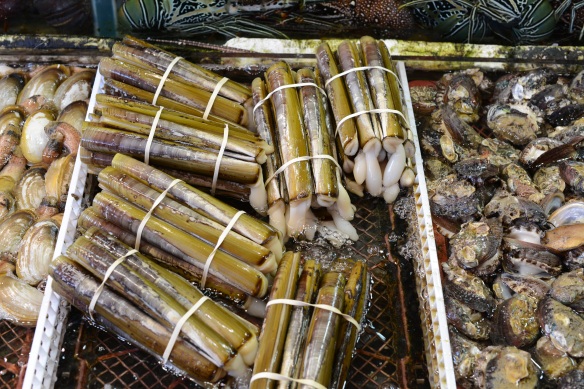















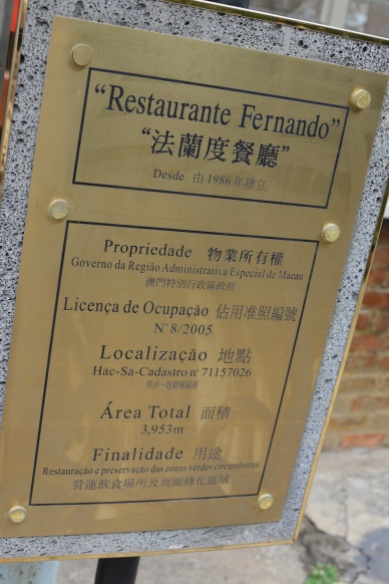
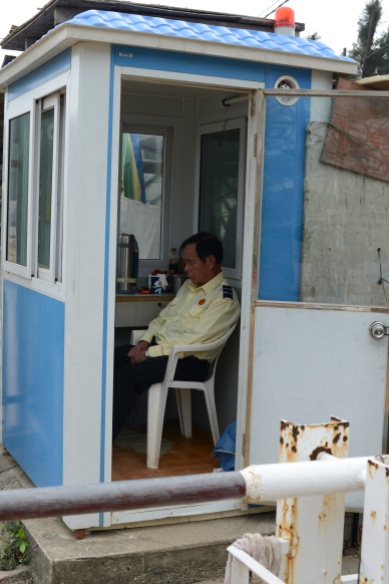
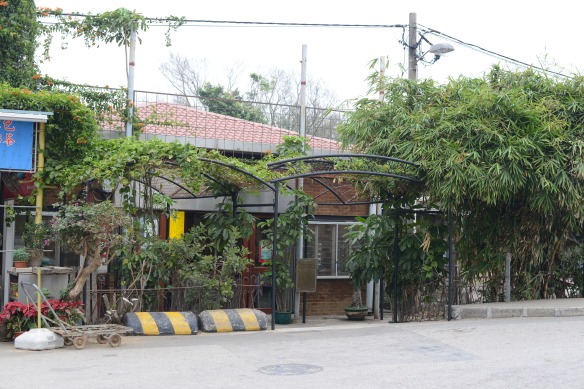

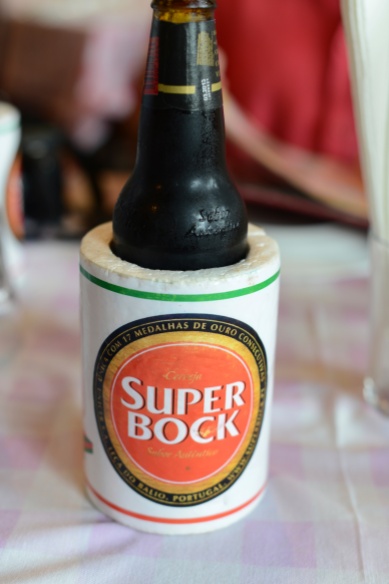
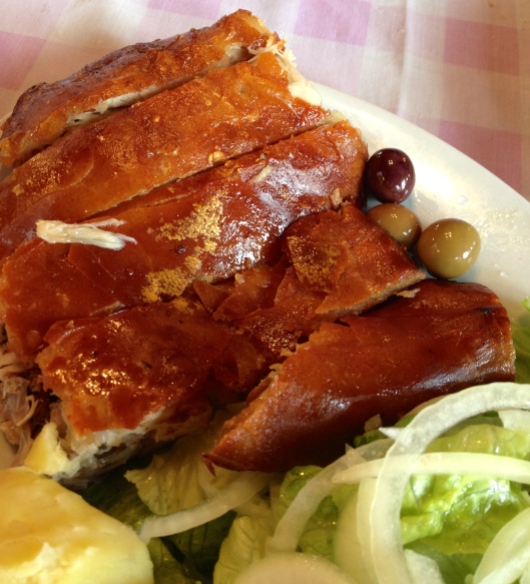
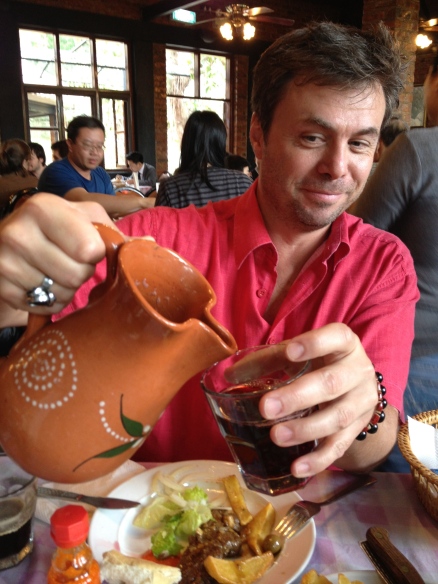
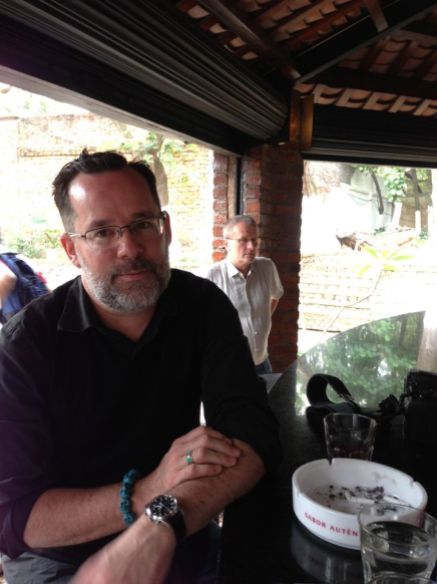
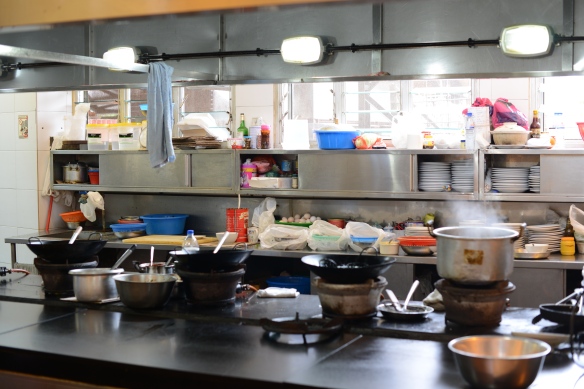
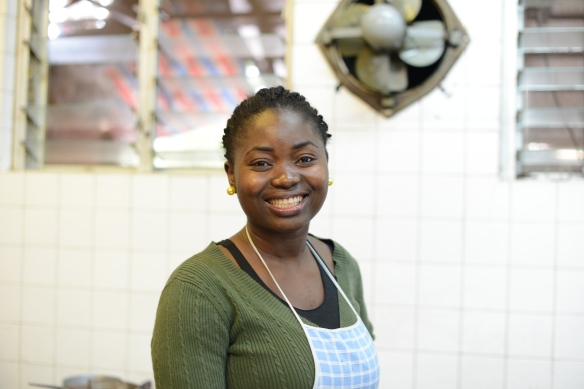
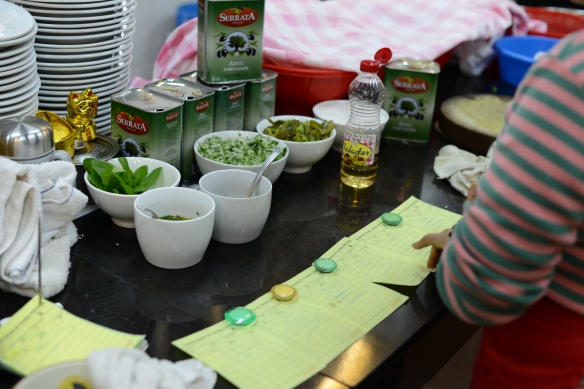
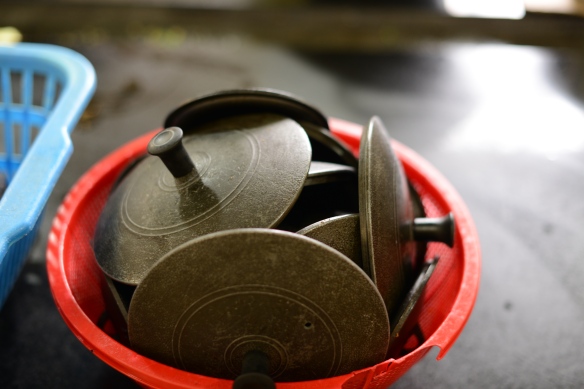
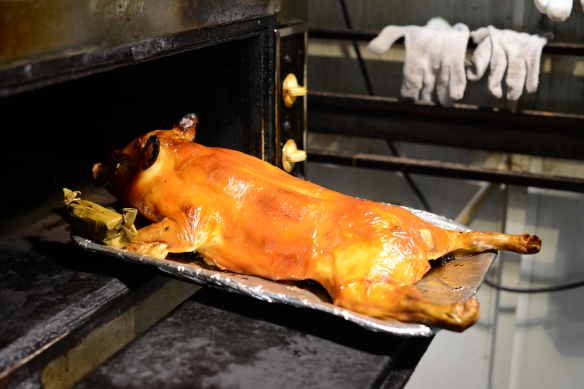
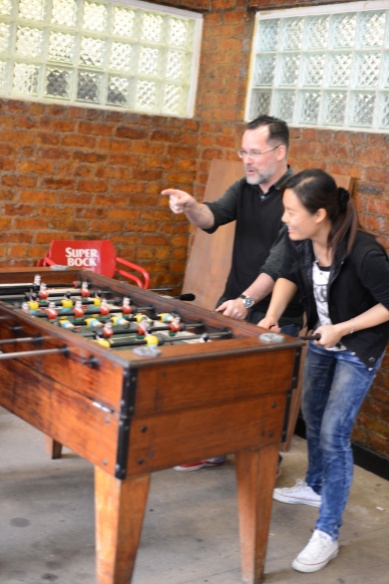
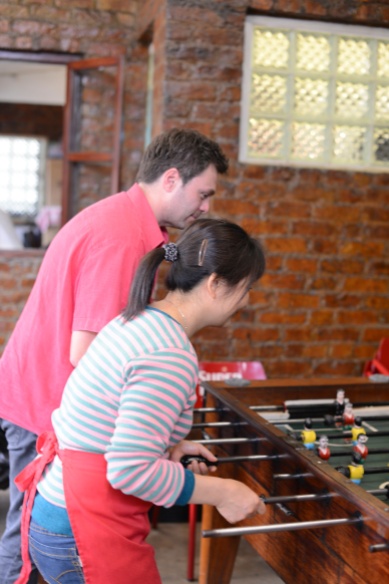

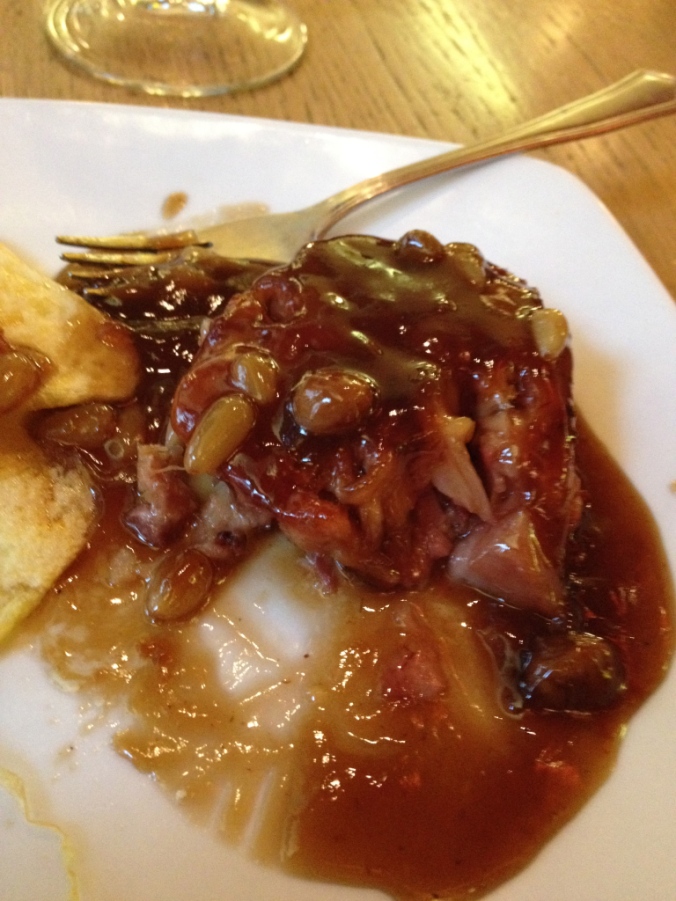
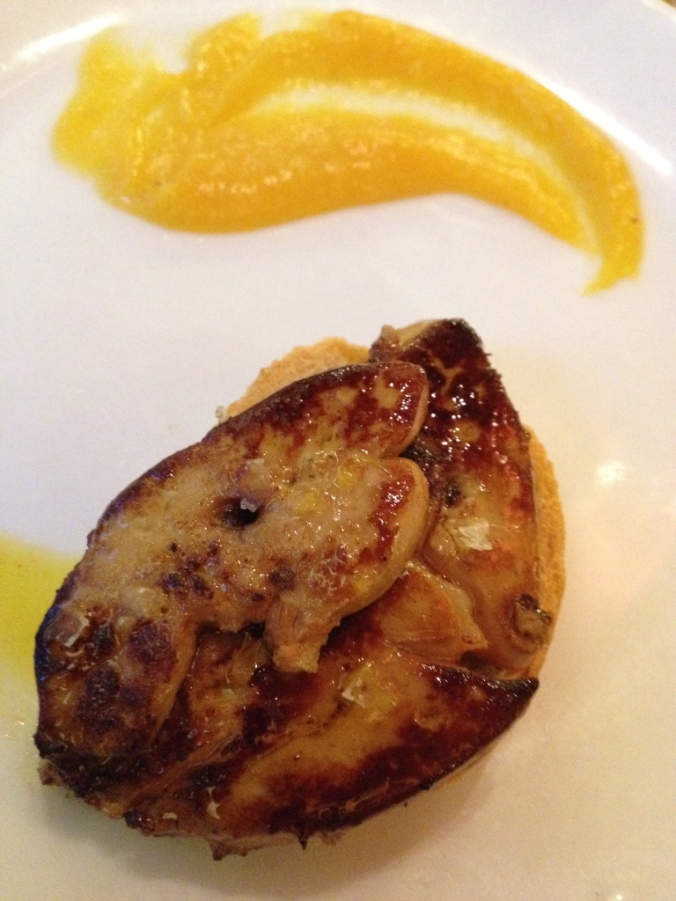










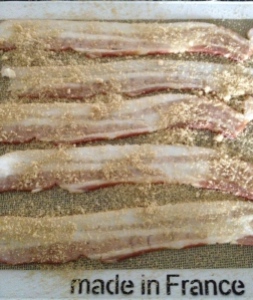
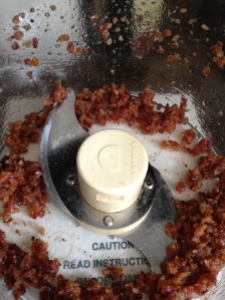
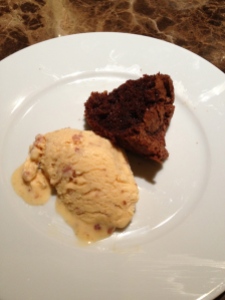

Recent Comments